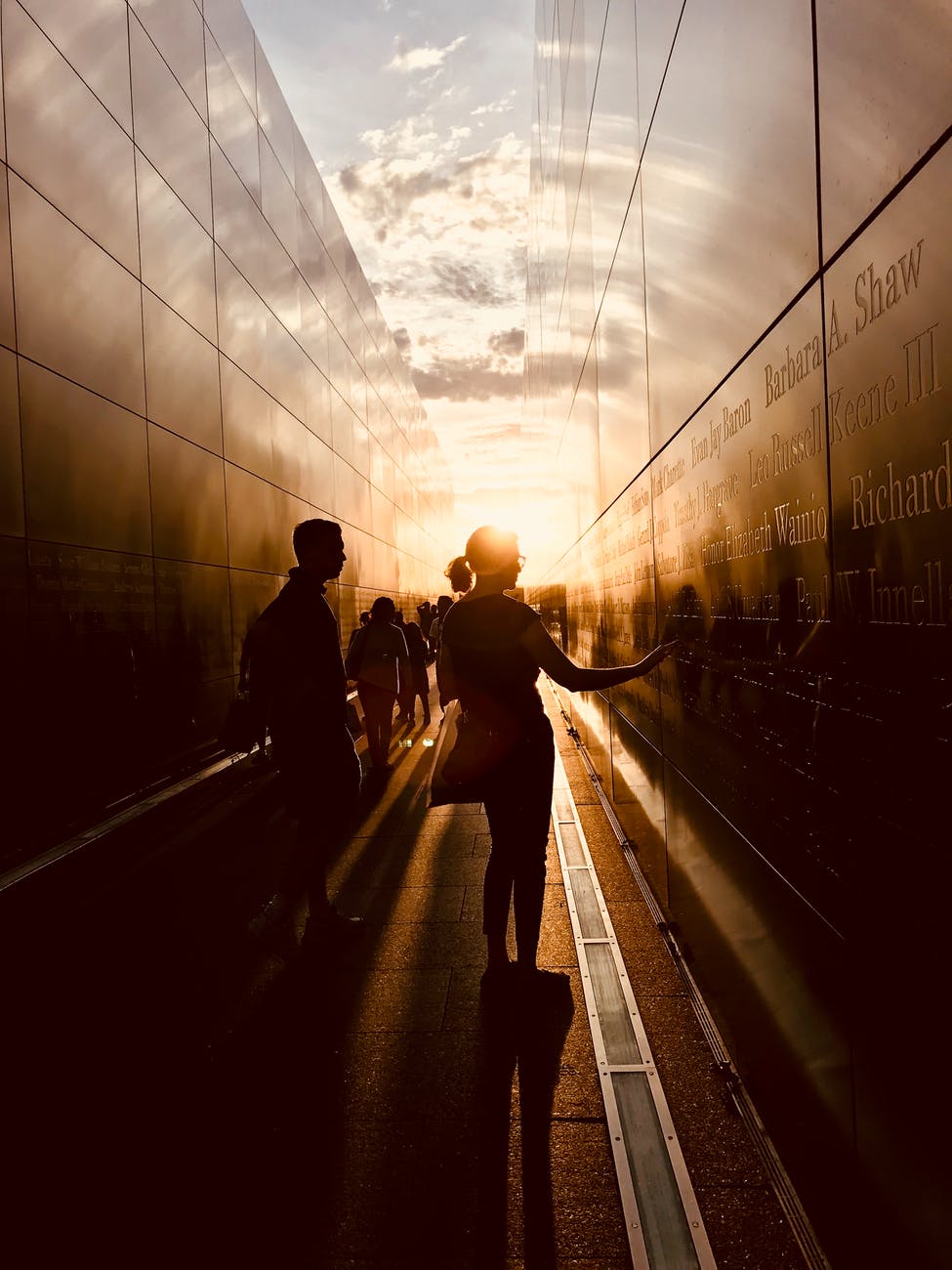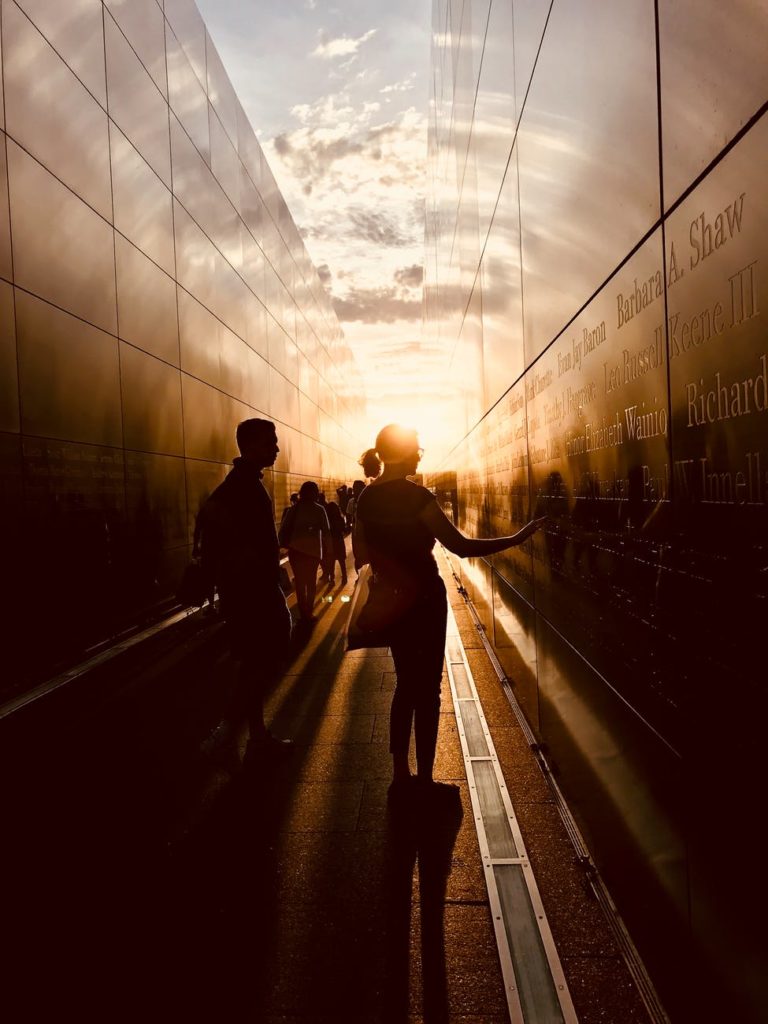(From Designated Contributor Don Walker in the Designated Writers’ East Coast Offices.)
A friend and former co-worker recently took a new job in Washington, D.C. I was sad to see him leave, but now I’m almost glad because he’s begun a virtual email campaign that the D.C. Convention and Tourist Bureau should use as a model marketing plan. His emails are short on words, but heavy on attachments — pictures of “the first snow,” of the monuments tour, of pubs in which you’re most likely to run into members of Congress, of great sporting venues, and on and on and on and, geez, I finally had to block him.
I’m no stranger to D.C. and what it has to offer. I spent a solid week there many years ago while doing some journalism training at the American Press Institute. It was a weeklong boot camp, of sorts, held in Reston, Va. A select number of journalists from all over the country were there, including some who worked in and around the D.C. area. One of the reporters in my group asked if I’d ever been to D.C., and I told him I had not. One evening when they cut us loose early from training, he offered to give me a courtesy tour. We took the train into Central Station, and from there set off on foot for the monuments. (This is the way I recall it. I have no idea where Central Station is in proximity to the monuments but we got there.) My knowledgeable journalistic sidekick humored me for the evening and often, at my request, took pictures of me at various historical monuments, landmarks and other points of interest before we ended our tour late that evening at the Vietnam Memorial Wall.
Prior to my trip for the API boot camp, a national publication – and I don’t remember if it was the New York Times or some other major newspaper – had run a Page 1 photo of then-President Bill Clinton at the Vietnam Memorial Wall. The photographer captured his picture from a vantage point over the right shoulder of Clinton who, beyond his locks of gray hair, you could see reaching out with his hand to gently run his fingers over the name of one soldier that was engraved among thousands of others upon the polished black granite wall. It was a stirring image and equally thought-provoking in its paradox: Clinton, accused of being a draft dodger, there among a sea of names of those killed while serving in the U.S. combat forces during the Vietnam War. It certainly made an impression on me as a journalist, though I personally was never at any risk of involuntary military service in my lifetime. I was born in 1959 and, in the 1960s and throughout U.S. involvement in the Vietnam conflict, I was too young for the draft and then I was too old once mandatory Selective Service registration came along in 1980.
So, there, standing at the Vietnam Memorial, I asked my journalistic friend to do me a favor. “I’m going to turn my back to you,” I told him, “and when I reach out to a name on the wall, I’d like you to get a photo from over my right shoulder that captures my head and shoulder but primarily focuses on my extended hand touching one of the names on the wall.” Within no time I could hear him behind me taking snapshots.
This was early 1990. The Internet and the ability to download your own photos and send as attachments had not yet become commonplace. But I was so sure I had an image for the ages that, once home, I drove directly from the airport to the One-Hour Photo Matte to get my pictures processed. I was anxious to show off to my wife and family what I was sure would be a heart-rending image of me in my solemn-and-yet-photo-worthy encounter at the Vietnam Memorial. I actually waited for the images to be developed before heading home. When I was finally handed my pictures, I paid and quickly headed out to my car, where I sat and thumbed through the stack of prints. There I was at the feet of Abraham Lincoln’s statue; sitting on the steps of the Supreme Court; standing at the black rot iron gate along Pennsylvania Avenue and silhouetted by the White House, which was gleaming in the background; and lounging on the grass at a park along the Potomac River. And now, in my hands, was the picture I knew would be the snapshot of a lifetime.
It was humbling, for sure. But not in the way I had hoped. Even with the car idling, I could hear myself sigh in resignation and in recognition that there were variables I had not considered in seizing my grand photo opportunity:
- A) I was not a draft dodger, just a guy touching no-one-in-particular’s name on the wall.
- B) I was sporting a bright blue polo shirt; the President was dapper in a dignified gray suit.
- C) His photo was taken in the bright light of afternoon sunshine; mine was dimmed by the dusk.
- D) His photo was captured by the keen artistic eye of a professional photographer with a zoom lens; mine was taken by a fellow journalist with a point-and-shoot camera.
- E) Finally, and this is what spoke volumes above everything else: Instead of the focal point of my photo being my fingers pressed to the name of a fallen soldier, it was a vastly different focal point that prompted me, sitting there alone in my car, to laugh at myself and my own photogenic shortcomings. There among the chiseled honors for stoic soldiers who gave all for their country, among the rows of gray tablets bearing 58,318 names – 33,103 of which were teenagers, the youngest just 15, when killed in the battle against communism – and among the heart-tug sadness that a Memorial Wall elicits, was my bald head brightly reflected by the flash of my journalistic friend’s camera.
I crumbled the photo in my hand. To show it to anyone would simply be calling undue attention to my receding hairline. I drove home with a feeling of dismay but quickly realized the picture I would most remember was not that of my shiny head in a photograph, but of the crestfallen faces of the living that were reflected in the wall as we scanned over the names of those in our nation’s armed forces who died in Vietnam.
That’s an image that will last forever.
-30-

